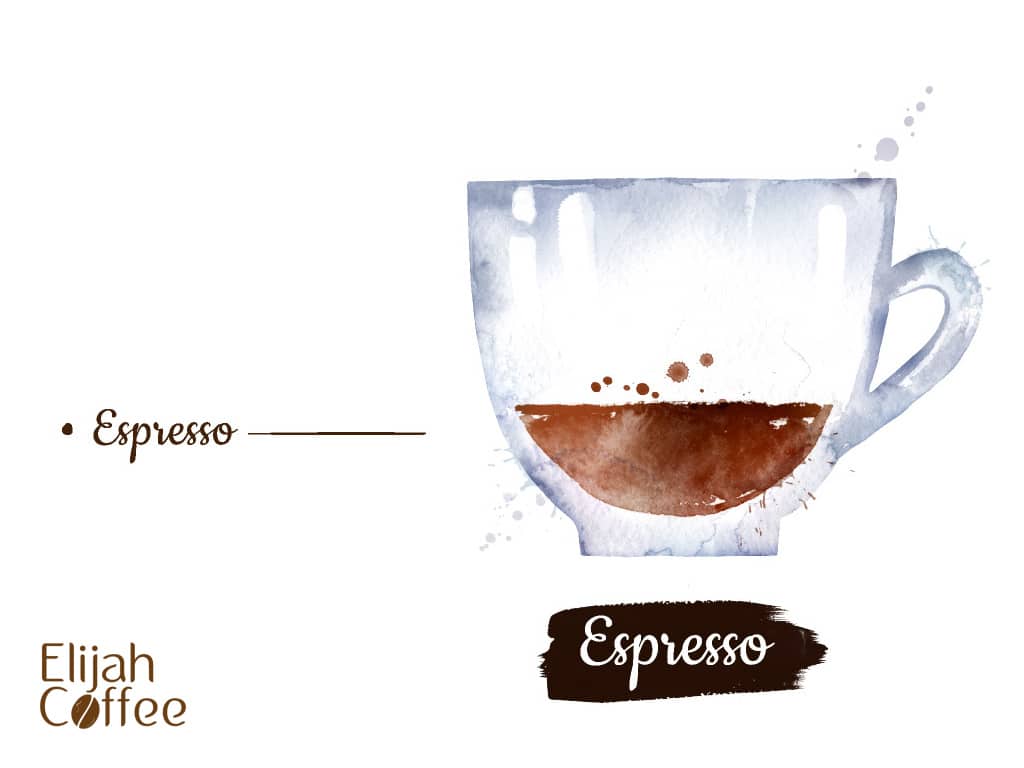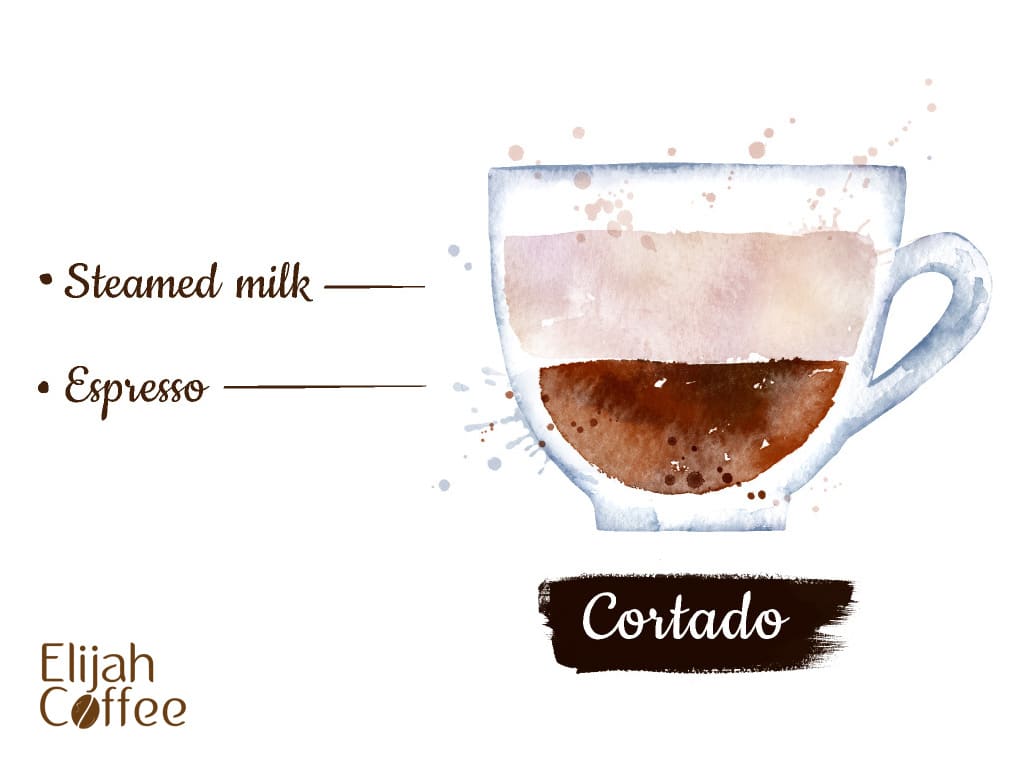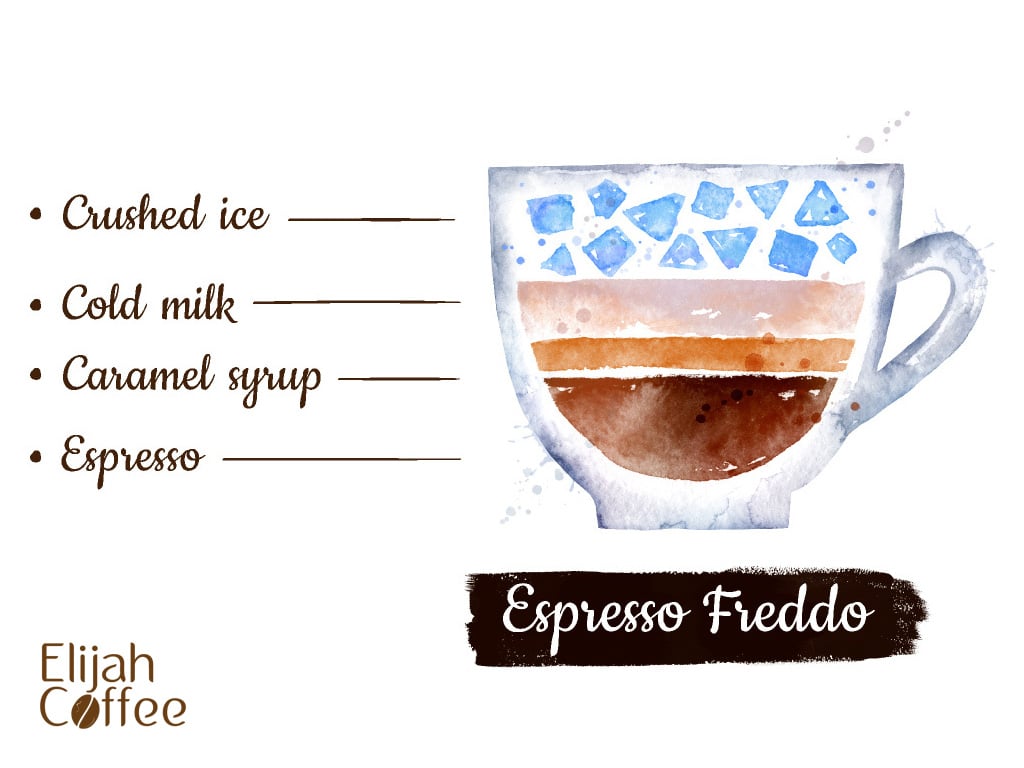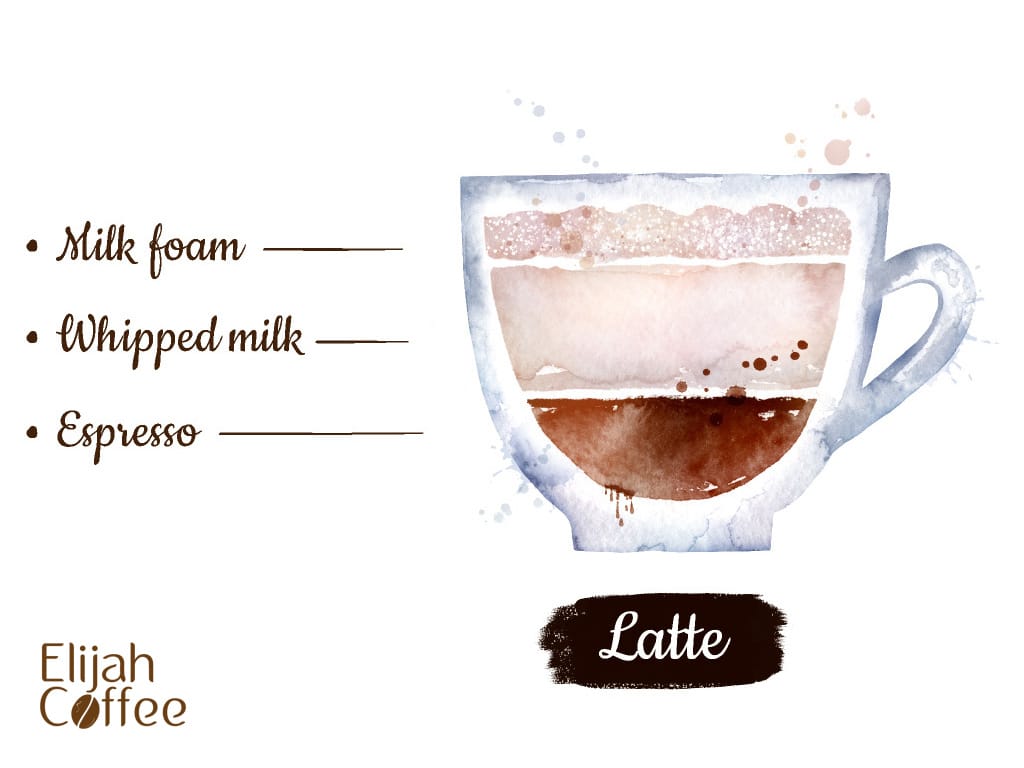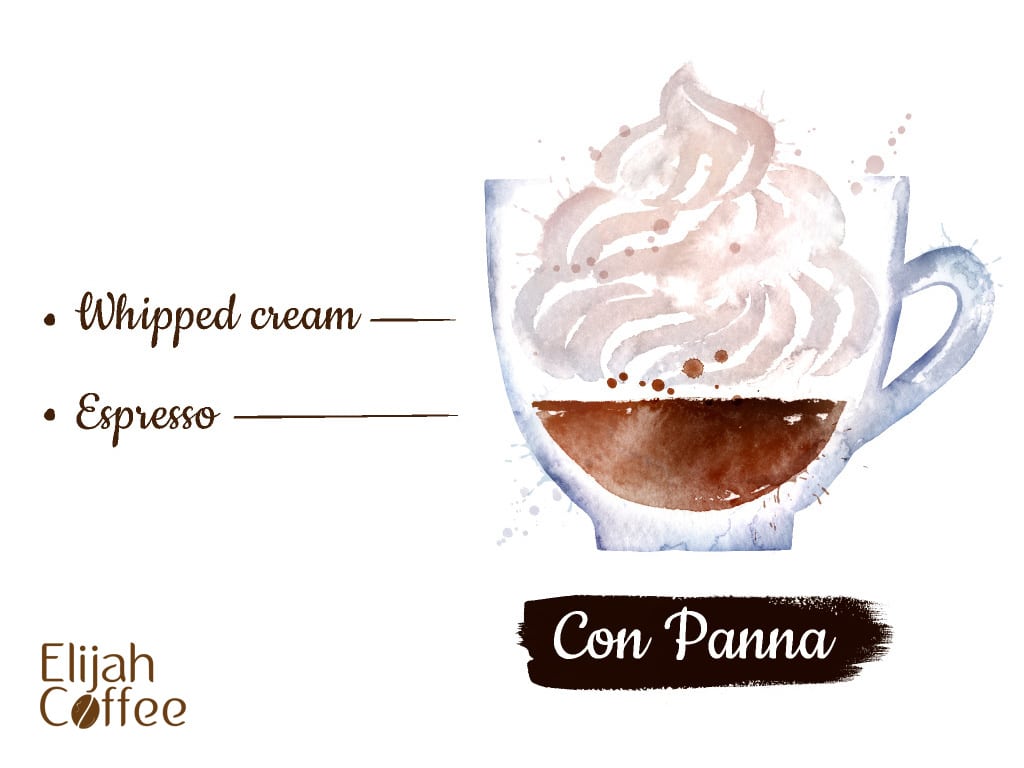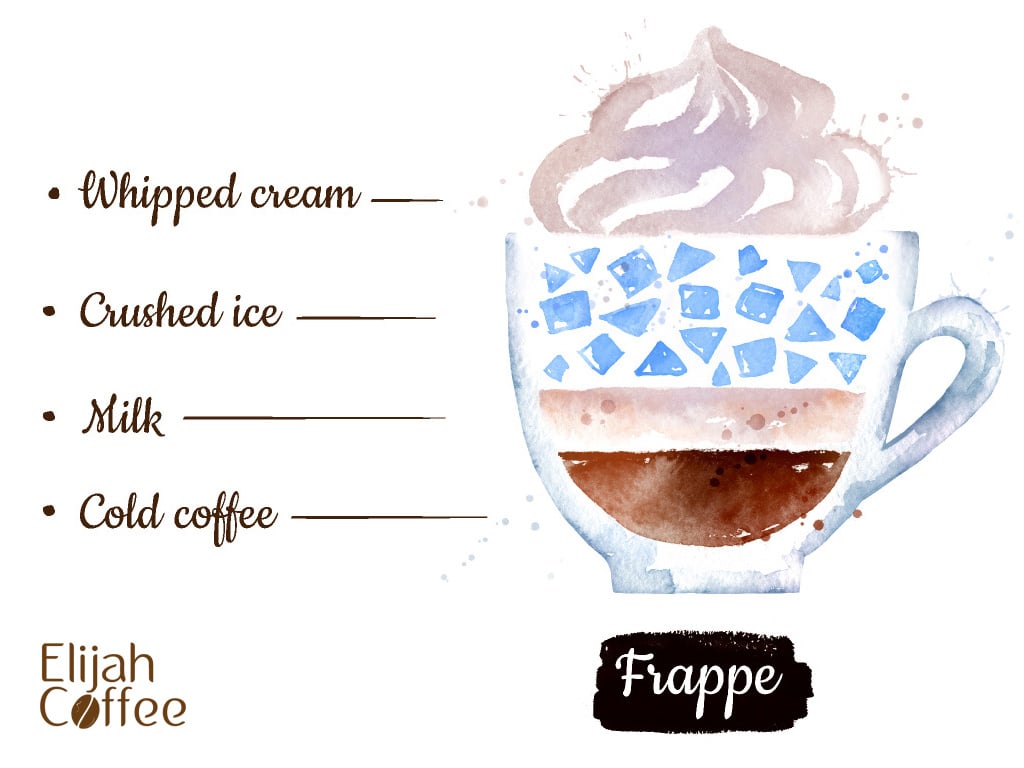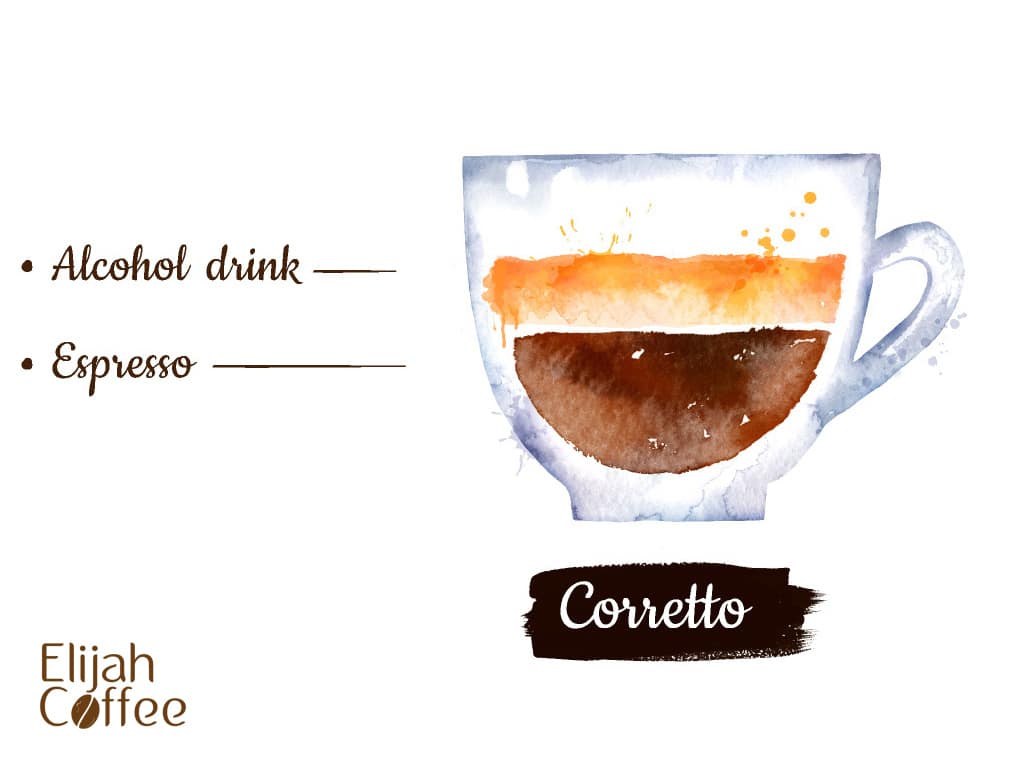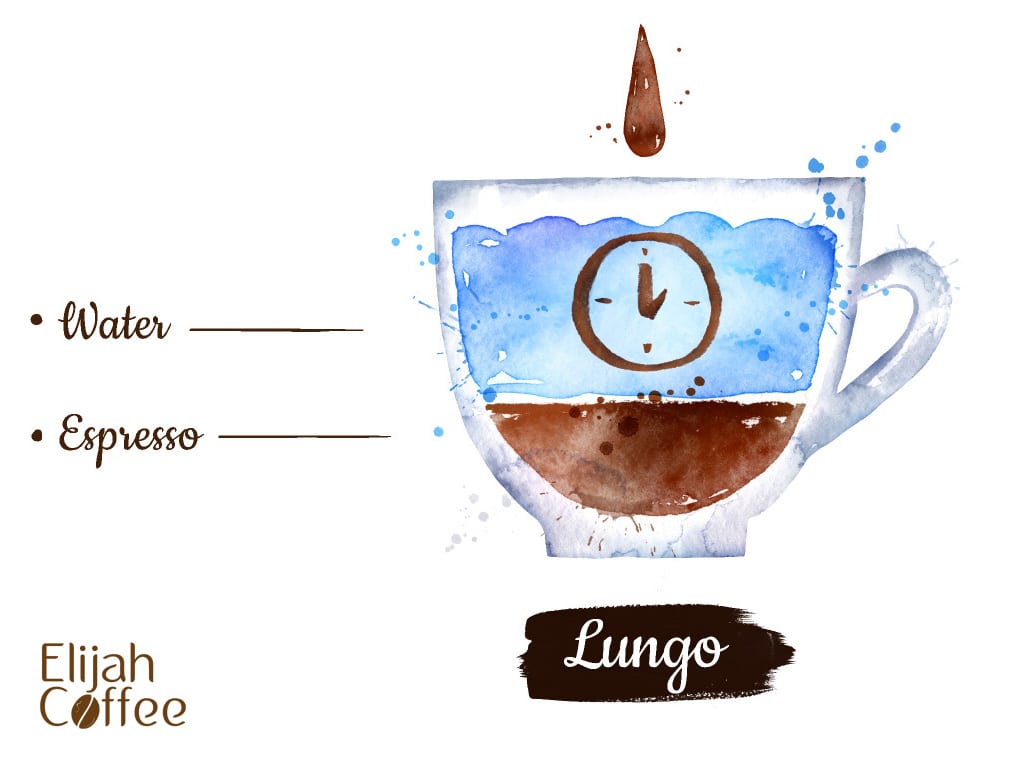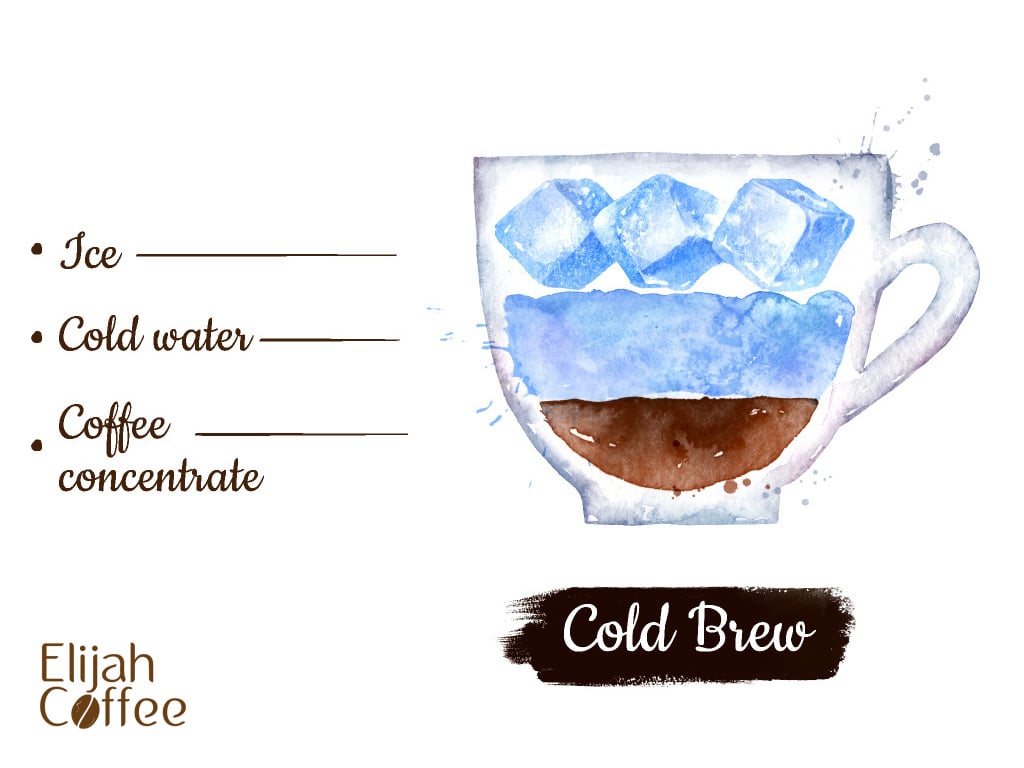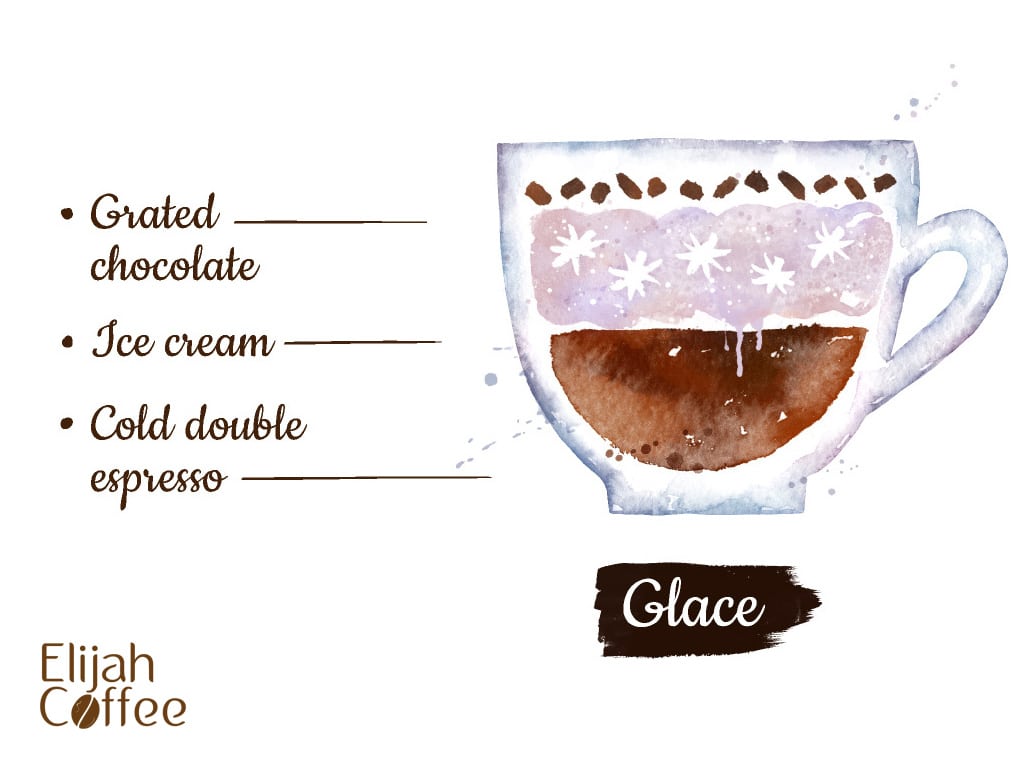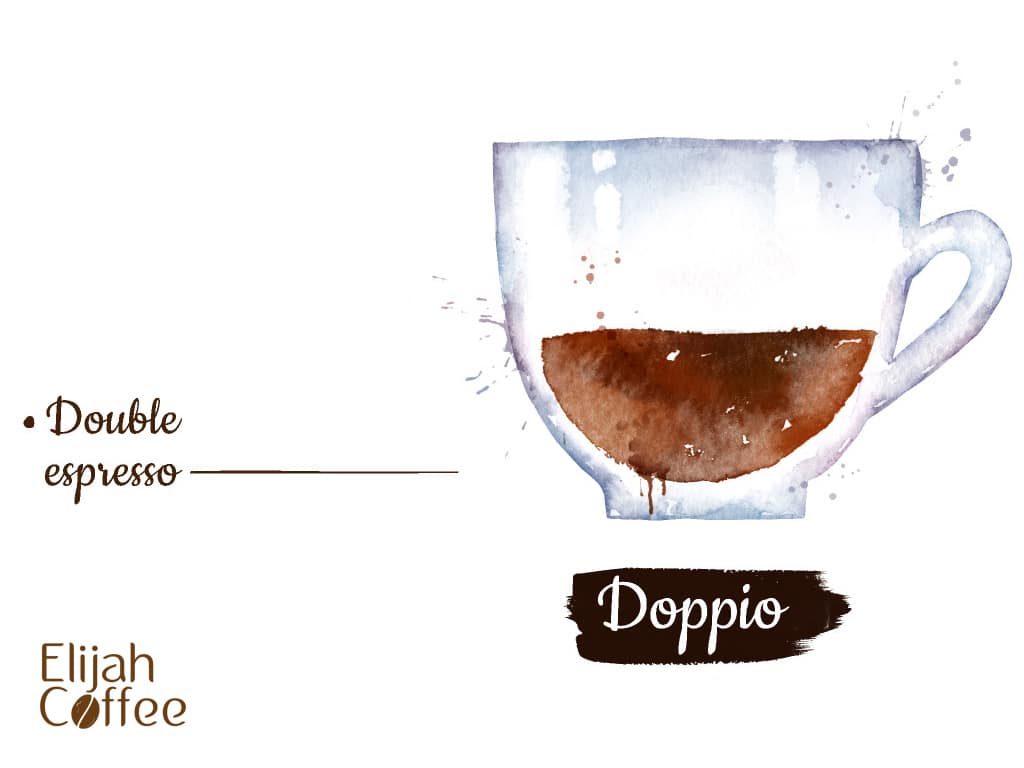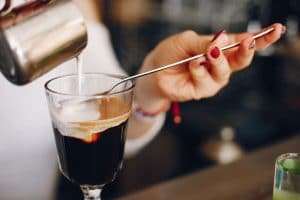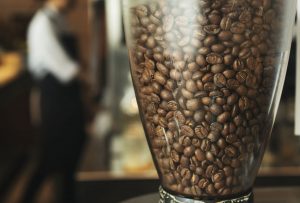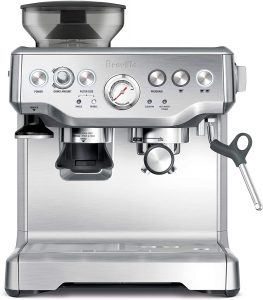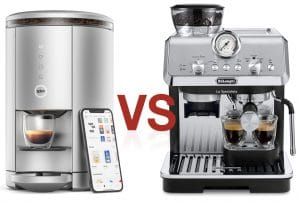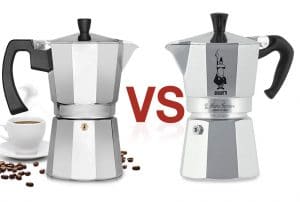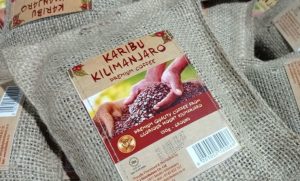The temperature of your latte can have a significant influence on the flavor and composition, which is why it’s so essential to get the procedure correct.
Is a Latte Hot or Cold?
The ideal temperature for an espresso, including lattes, is between 150 and 165 degrees Fahrenheit. On-the-go beverages are generally served at a temperature of 160 degrees Fahrenheit.
You can also request a cold/iced latte, which is simply a lukewarm espresso blended with ice and chilled milk.
A latte is often hot, but some customers order a latte – when they actually want a cold one – without indicating that they desire it to be kept at the desired temperature.
It’s also not a pleasurable experience for both the customer and the barista. As a result, baristas have been trained to dig deeper when a customer asks for a latte to avoid any confusion.

How Hot Is A Latte Supposed To Be?
A latte consists of two distinct components: espresso and milk. Espresso is brewed to the highest possible temperature, while steamed milk is heated to a near-boiling point. The temperature of the resulting beverage lies somewhere in between when the milk is combined with the espresso.
The temperature of the milk is directly controlled by the espresso machine, which means that the overall temperature of a latte is primarily determined by the espresso machine. The same water boiler is frequently utilized to brew coffee and heat the steaming wand, ensuring constant temperatures across many drinks.
Some espresso machines have two boilers, allowing you to make espresso and steamed milk at distinct temperatures.
Making a latte is more of an art than a science. The temperature of your beverage can be dramatically altered by the tiniest modifications in how you foam or pour the milk. If you leave your espresso to sit for a few seconds, it will be much colder when you add the milk.
Can a Latte Be Warm?
Reduce the temperature at which milk is steamed to make a warm latte. Starbucks, for example, used to offer a “children’s temperature” of 130°F for their hot beverages.
Steaming milk at a lower temperature degrades the lactose to generate natural sweetness in the drink. On the other hand, very high temperatures break down sugar molecules and can destroy the milk proteins, ruining the foam.
Ask for a latte at a temperature of 130°F if ordering a warm latte at a café.
What’s the Deal With Extra Hot Drinks?
A latte that is extra-hot lacks the sweetness and complexity of a standard latte. The milk’s natural sweetness decreases as the steaming temperature approaches boiling point (212°F). As the temperature approaches scorching levels, the milk may acquire burnt characteristics as well.
Customers like ordering their drinks extra hot so that they may drink them at a different location without reheating on the way. In addition, during the winter months, many people enjoy extremely hot beverages.
Are Lattes Healthy?
A classic latte is simply made of steam milk and espresso, which contains no artificial ingredients. Non-dairy milk alternatives may improve the nutritional value of the beverage while eliminating the dangers associated with dairy milk. When you enjoy dairy milk, low-fat or skimmed milk are wonderful options.
A decaf latte contains less caffeine than a regular latte. Decaffeinated coffee beans are used to make a decaf latte. Depending on the coffee shop, steamed milk or decaf espresso is added to 3-16mg of caffeine in an espresso.
Natural sweeteners, such as honey rather than manufactured sugars, may make your latte much healthier.
How To Order A Latte?
Start by choosing the desired cup size, such as large, medium, or small. Request regular coffee or decaf and a milk/milk substitute.
You could clarify that you want a hot latte. If you want to sweeten your drink, ask about the available sweeteners and tastes as well as sugar and sugar alternatives.
Can You Make A Cold Latte?
Iced lattes are a wonderful beverage for coffee enthusiasts to try. Fresh espresso, ice cubes, and cold milk make this drink. Aside from the temperature factor, the major distinction between iced lattes and traditional lattes is that the milk is not foamed before it’s added to the drink.
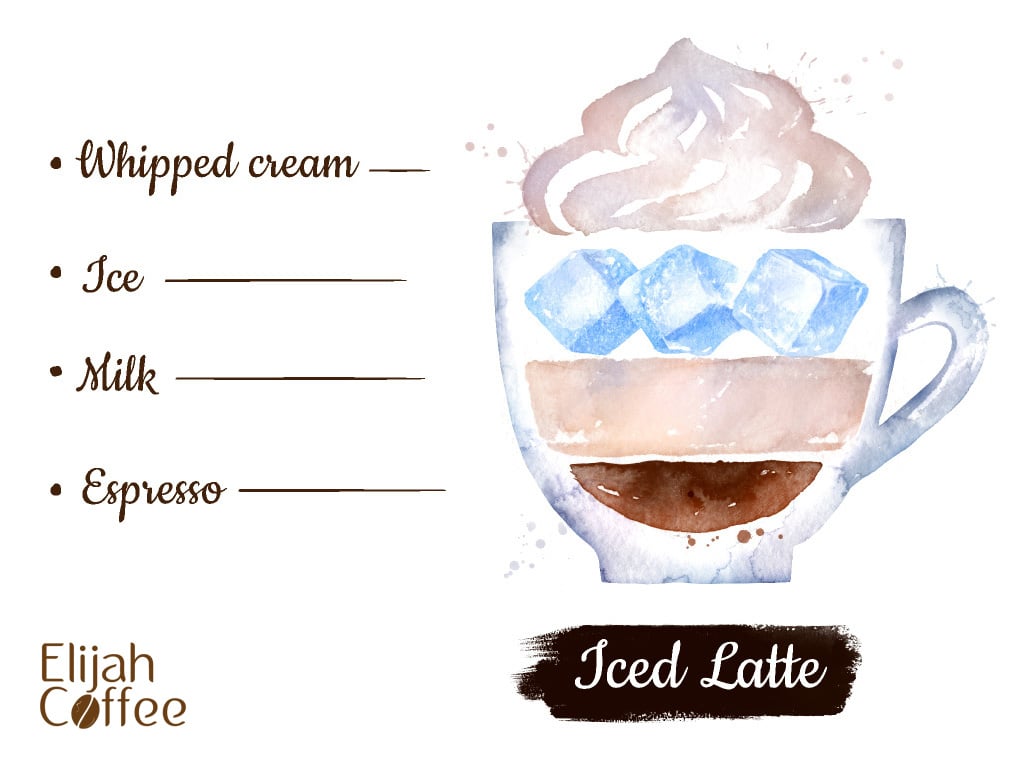
What Temperature Is Best For Steamed Milk?
To make great latte foam, froth your milk at a temperature of 150 degrees Fahrenheit. This heat is warm enough to keep the foam intact while not being so high that the milk will scorch.
Why is it called latte?
Caffè latte is a type of coffee with milk added. It was originally called caffellatte (or, occasionally, caffélatte) in Italian and means “coffee with milk.” In English orthography, the final e may be accented (a hyperforeignism or to indicate it is pronounced rather than the common caffè latte) or dropped.



